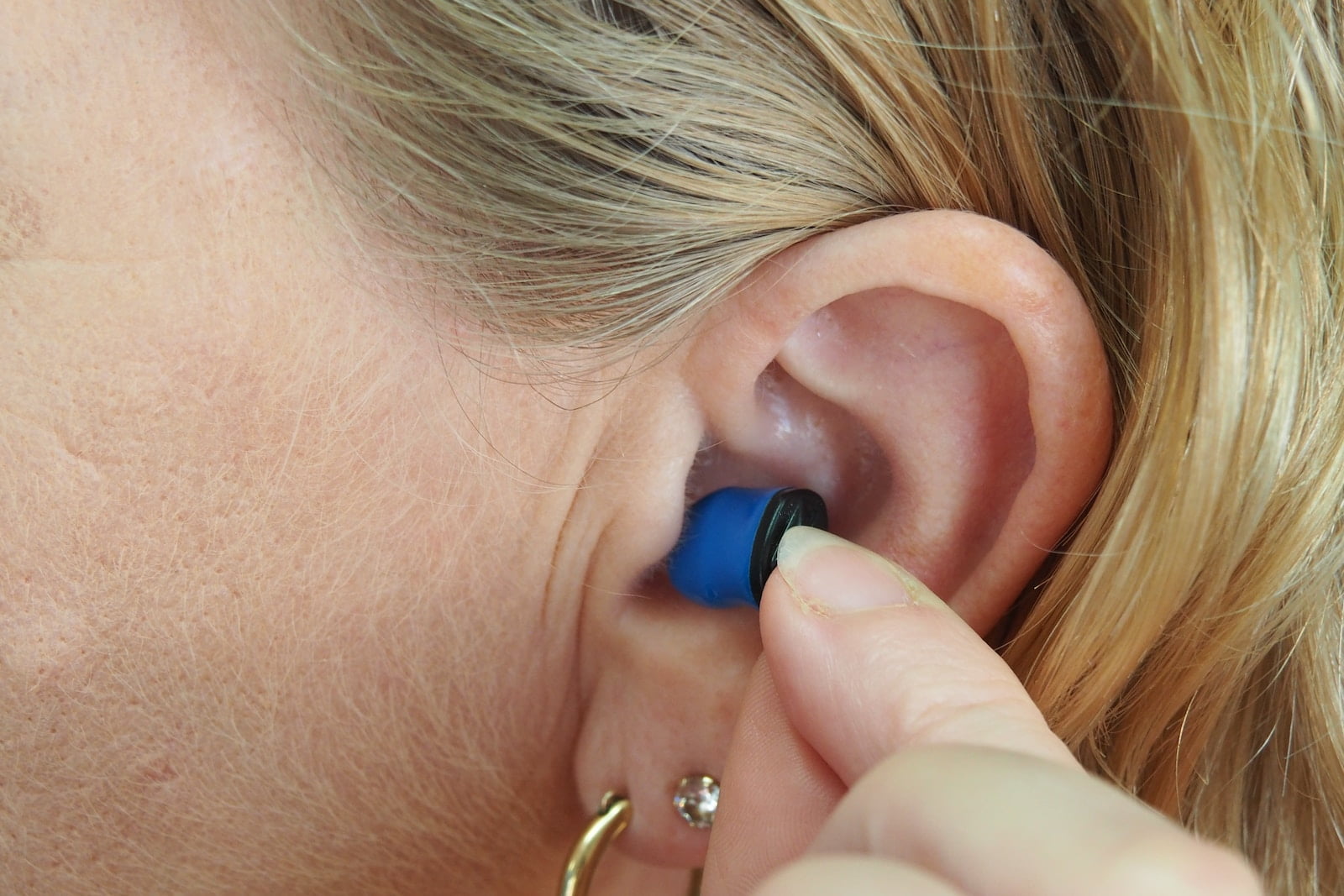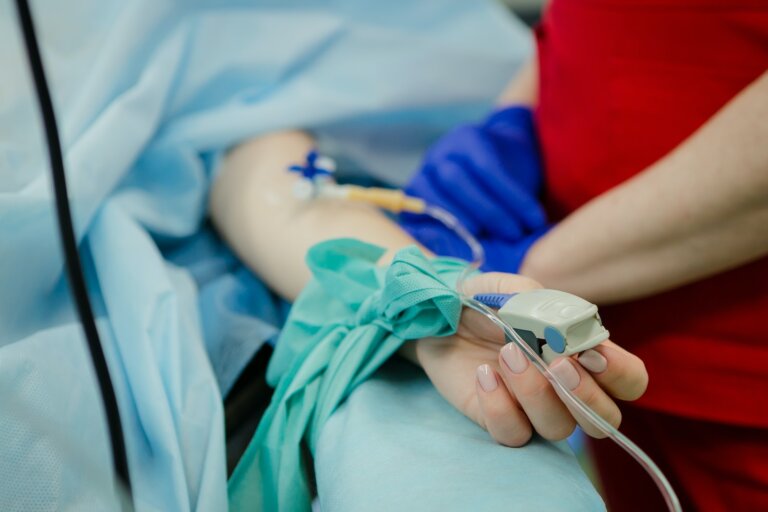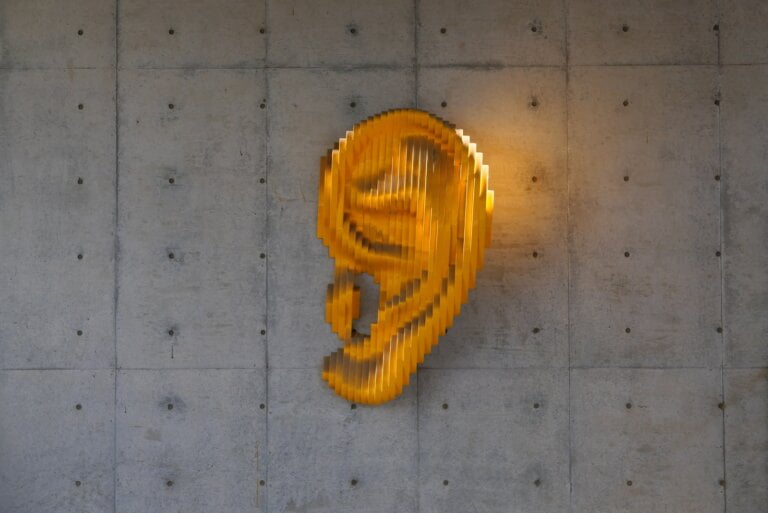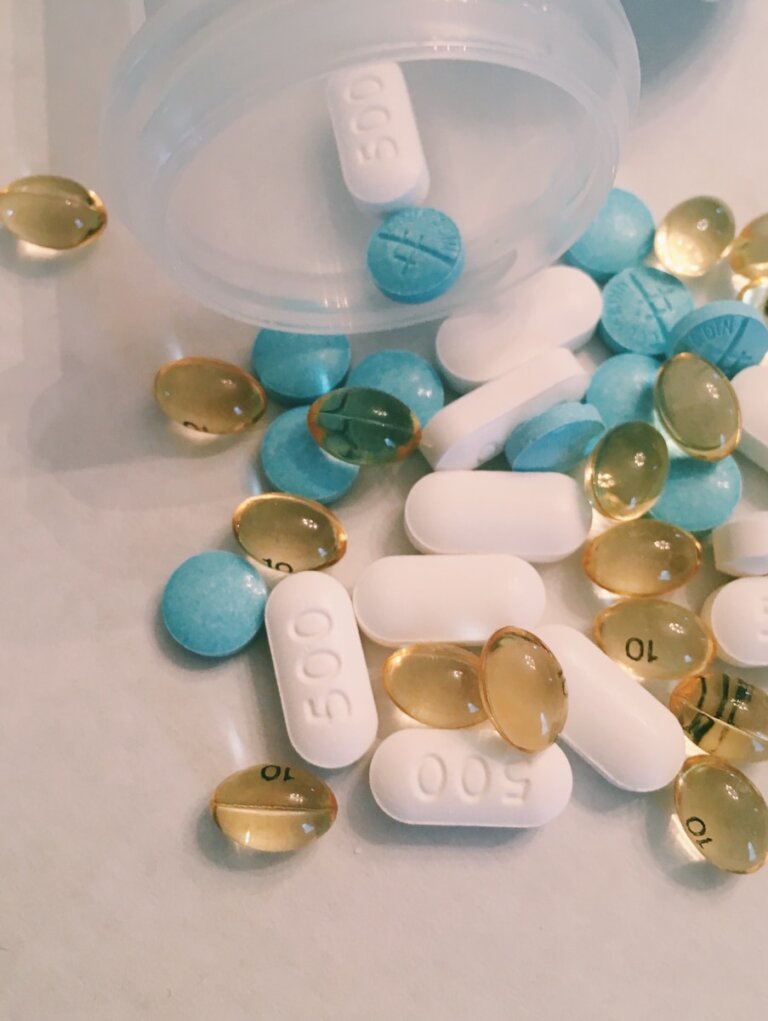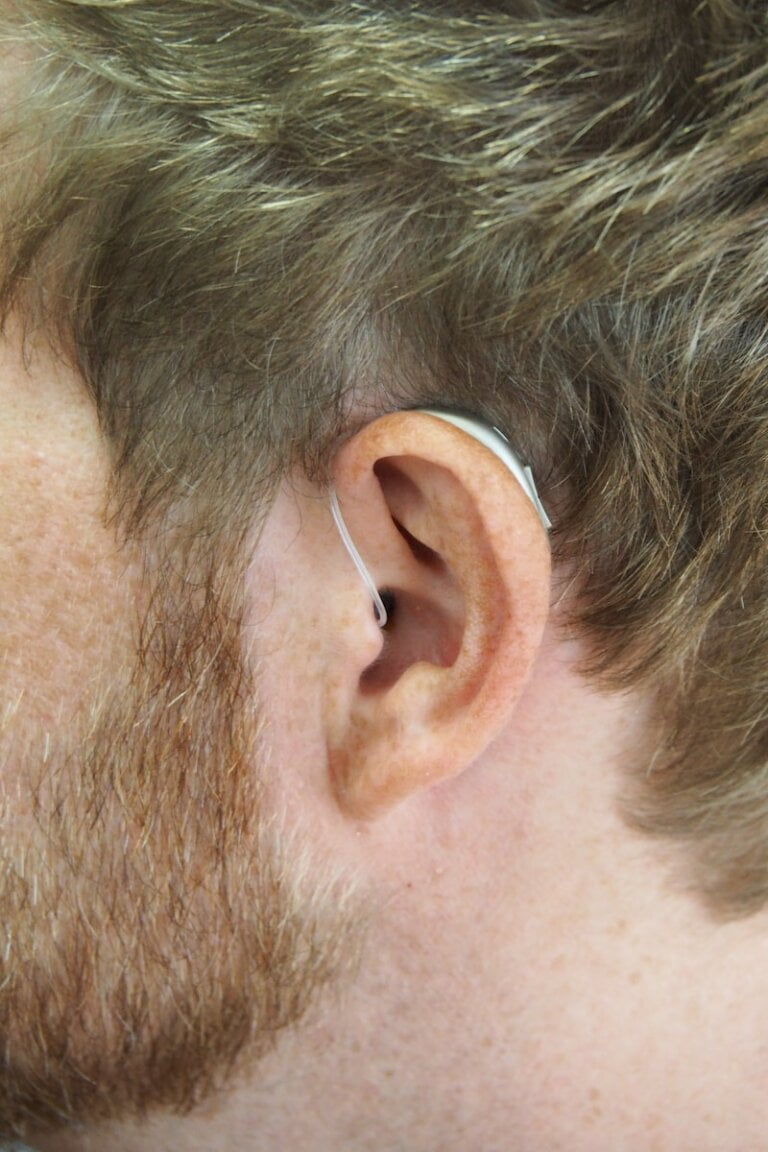Gentle and Effective: Safe Home Ear Cleaning Techniques
Last Updated on 23rd August 2023 by Beth Chapman
Ear cleaning is an essential part of maintaining good hygiene and preventing ear infections. While it is advisable to seek professional help for severe ear conditions, there are gentle and effective techniques you can try at home to keep your ears clean and healthy. In this article, we will explore safe home ear cleaning techniques that you can incorporate into your regular self-care routine.
Why is Ear Cleaning Important?
Before we delve into the techniques, let’s understand why ear cleaning is important. Our ears naturally produce cerumen, commonly known as earwax. Earwax helps to lubricate and protect the ear canal, trapping dust, debris, and foreign particles that may enter the ear. However, excessive earwax buildup can lead to discomfort, hearing problems, and even ear infections. By practicing safe ear cleaning techniques, you can prevent these issues and maintain optimal ear health.
Ear cleaning is important because it helps to prevent the accumulation of excessive earwax, which can cause discomfort and lead to various problems such as hearing loss and ear infections. When earwax builds up, it can block the ear canal and affect the proper functioning of the ear. Regular ear cleaning helps to remove excess earwax and maintain optimal ear health.
1. Gentle Earwax Softening
Softening earwax is the first step to facilitate its removal. Here are some gentle methods to soften earwax at home:
a. Olive Oil
- Warm a small amount of olive oil to body temperature. This can be done by holding the oil bottle in your hands for a few minutes.
- Using a dropper or the spray applicator, instil two to three drops or sprays of oil into the affected ear. Make sure to tilt your head sideways to allow the oil to reach the ear canal.
- Gently massage the area around the ear to distribute the oil. This helps to loosen the earwax and facilitate its removal.
- Leave the oil in the ear for around 10 to 15 minutes. This allows the oil to soften the earwax effectively.
- Tilt your head to the side and let the oil and loosened earwax drain out onto a clean towel. You can also use a tissue or cotton ball to gently wipe away the softened earwax.
b. Pitfalls of Using Hydrogen Peroxide To Remove Ear Wax
- At Hearing First we advise against the use of hydrogen peroxide to soften ear wax. Whilst most people can use it without any complications others can have a sensitivity to it causing redness and inflammation to the ear canal where the skin can peel away causing discomfort.
Softening earwax before removal is important as it makes the process easier and more comfortable. Olive oil can be used to soften the earwax effectively. The oils help to break down the earwax and make it easier to remove. Hydrogen peroxide can also be used but isn’t recommended due to the sensitivities some people can have to it.
2. Flushing with Warm Water
Flushing your ear with warm water can help dislodge softened earwax. Follow these steps for a safe and effective earwax flush:
- Fill a rubber bulb syringe or a clean ear irrigation kit with lukewarm water. The water should be at body temperature to prevent discomfort.
- Stand over a sink or lay a towel on your shoulder to catch any spills. This helps to keep the area clean and prevent mess.
- Tilt your head to the side, ensuring the affected ear is facing upwards. This allows the water to flow into the ear canal effectively.
- Gently insert the tip of the syringe or irrigation kit into the ear canal. Be careful not to insert it too deeply to avoid injury.
- Squeeze the bulb or press the plunger to release a steady stream of water into the ear canal. This helps to dislodge the softened earwax.
- Allow the water to flow for a few seconds before tilting your head to let it drain out. This helps to remove the earwax and any debris effectively.
- Repeat the process if necessary, but avoid applying excessive pressure or forcefully flushing the ear. This can cause discomfort or injury.
Flushing the ear with warm water is an effective way to remove loosened earwax. The warm water helps to melt the earwax, making it easier to flush out. It is important to use lukewarm water to prevent discomfort or injury. Flushing the ear with excessive force should be avoided as it can cause damage to the ear canal or eardrum.
3. Dry and Moisturise the Ear Canal
After cleaning your ears, it is crucial to dry them properly and moisturise the ear canal to prevent irritation and further wax build up. Follow these steps:
- Gently pat the outer ear with a clean towel to remove any excess water. Avoid inserting the towel or any other objects into the ear canal.
- Tilt your head to the side to allow any remaining water to drain out naturally. This helps to prevent moisture buildup in the ear canal.
- Use a clean, dry cloth or a hairdryer on the lowest setting to gently dry the ear canal. Ensure the hairdryer is at least 12 inches away from the ear to prevent heat damage.
- Once the ear is dry, apply a few drops of over-the-counter ear moisturizing drops. These drops help to prevent the ear canal from becoming too dry or irritated. Follow the instructions on the product for the recommended dosage.
Properly drying and moisturizing the ear canal after cleaning helps to maintain the health of the ear. Excess moisture in the ear canal can create a favorable environment for bacteria or fungi to grow, leading to infections. Using ear moisturising drops helps to keep the ear canal hydrated and prevents dryness or irritation.
Important Tips and Precautions
- Avoid using cotton buds or any sharp objects inside the ear canal, as they can push the earwax deeper or risk injuring the delicate structures of the ear. These objects can also cause irritation or damage to the ear canal.
- If you experience pain, discharge, or any other concerning symptoms during the ear cleaning process, seek medical assistance immediately. These symptoms may indicate an underlying ear condition that requires professional evaluation and treatment.
- Individuals with a history of ear infections, ear surgeries, or eardrum perforations should consult a healthcare professional before attempting any home ear cleaning techniques. These conditions may require specific care or precautions to avoid complications.
- Never use cold or hot water for ear irrigation, as this can cause dizziness or discomfort. The water used for ear irrigation should be at body temperature to ensure safety and comfort.
- If you frequently experience excessive earwax buildup or are unsure about performing ear cleaning at home, it is best to consult an audiologist or an ear, nose, and throat specialist. These professionals can provide expert guidance and perform professional ear cleaning procedures if necessary.
Conclusion
Maintaining clean and healthy ears is crucial for optimal hearing and overall well-being. By incorporating gentle and effective home ear cleaning techniques into your routine, you can prevent excessive earwax buildup and reduce the risk of discomfort and infections. Remember to always prioritise safety and seek professional help if you experience any concerning symptoms or have underlying ear conditions.
FAQ
Q: Why is ear cleaning important?
A: Ear cleaning is important because it helps to prevent the accumulation of excessive earwax, which can cause discomfort and lead to various problems such as hearing loss and ear infections.
Q: How can I soften earwax at home?
A: You can soften earwax at home by using olive oil. Warm a small amount of oil to body temperature, instil a few drops into the affected ear, massage the area, and let it sit for 10-15 minutes before draining out the oil and softened earwax.
Q: How can I flush my ear with warm water?
A: To flush your ear with warm water, fill a rubber bulb syringe or a clean ear irrigation kit with lukewarm water, tilt your head to the side, gently insert the tip of the syringe or irrigation kit into the ear canal, and release a steady stream of water into the ear canal. Allow the water to flow and drain out naturally.
Q: How should I dry and moisturise my ear canal after cleaning?
A: After cleaning your ears, gently pat the outer ear with a clean towel, tilt your head to the side to allow any remaining water to drain out naturally, use a clean, dry cloth or a hairdryer on the lowest setting to gently dry the ear canal, and apply a few drops of over-the-counter ear moisturising drops to prevent dryness and irritation.

